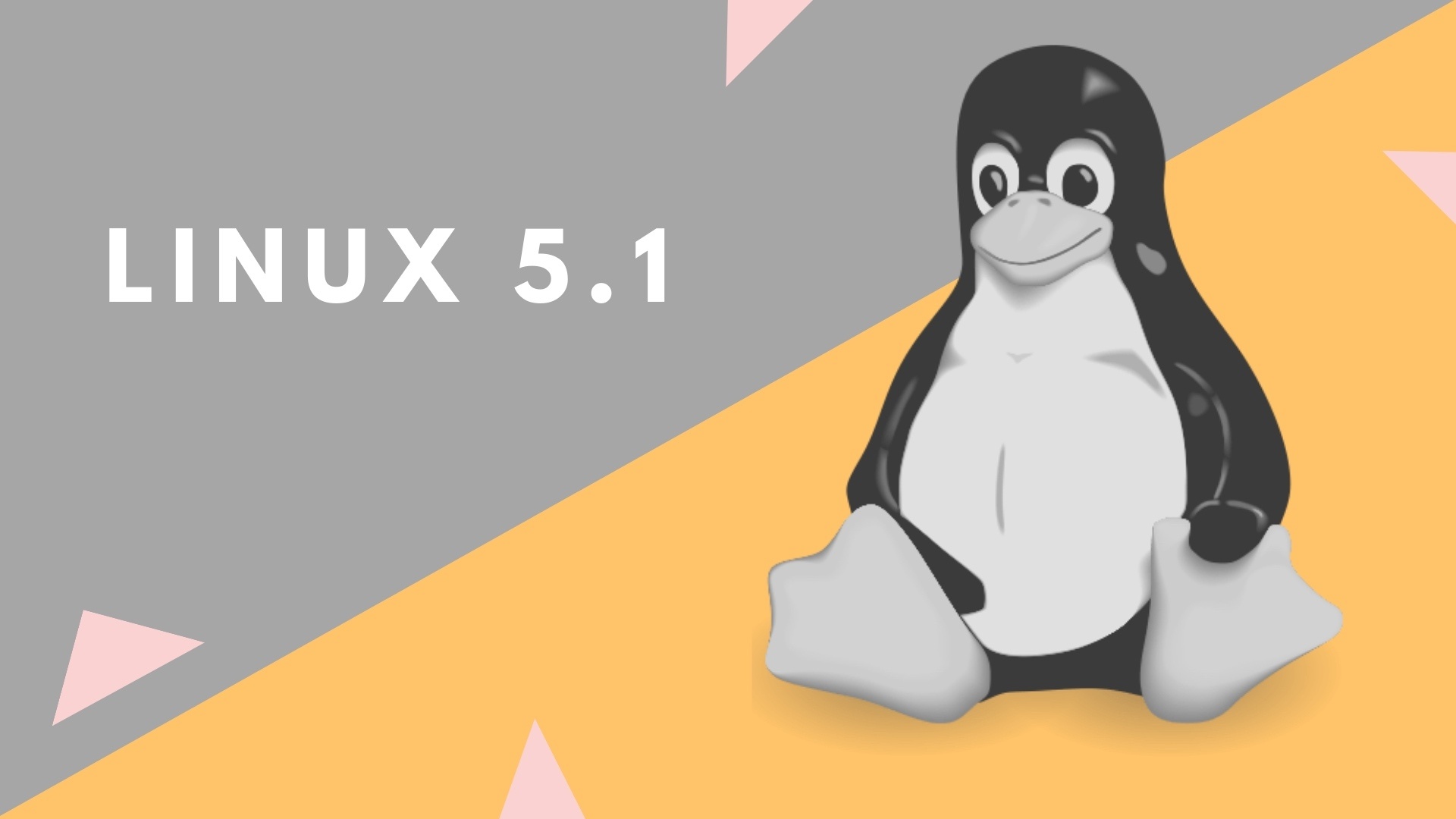Linus Torvalds Releases Linux 5.1 With Lots Of New Features

Linux boss Linus Torvalds has released the stable version of Linux kernel 5.1 after seven release candidates. Kernel releases generally achieve the stable status after seven or eight release candidates, so it’s great for Linux 5.1 to take shape a week early. Also, the “Shy Crocodile” codename of the latest release remains the same as the past ones.
Compared to other releases, Linux 5.1 arrived a bit late in the day due to some last-minute pull requests. In his announcement post, Linus wrote that the requests “weren’t big enough to justify delaying things over, and hopefully the merge window timing won’t be all that painful either.”
As per Phoronix, Linux 5.1 comprises of about 17.8 million lines of code and 3.3 million lines of comments; it comes loaded with many new features.
Moving on to the major changes, let’s tell you about some of them in brief:
Linux 5.1 New Features
The new high-performance I/O interface is the biggest highlight of Linux 5.1. The new io_uring interface is expected to bring fast and scalable asynchronous I/O to Linux. Moreover, it also adds a user space library that lets apps set up an io_uring instance without needing to know the ins and outs of the io_uring.
This release also improves the fanotify interface that helps one monitor Linux file system for changes and adds “super block root watch” feature as a scalable way to keep track of changes.
Another significant change in Linux 5.1 is the support for the usage of persistent memory as RAM. It has already been made clear in the past that doing so could bring along some performance-related compromises, but it’s good to see Linux giving a choice to let people use NVDIMMs as additional RAM.
With 5.1, Linux kernel also continues to work on the year 2038 problem. Other major features include the new hardware support, R-Pi 3 Model A+ mainline kernel support, Intel 22260 WiFi support, etc.
As I already mentioned, Linux kernel 5.1 comes packed with tons of new features; if you’re interested in diving deeper, I’d suggest you give this article at Kernel Newbies a read.
The latest release wasn’t available on kernel.org at the time of writing, but it should be listed there very soon.
Also Read: Linux-powered Atomic Pi Is A Bite-sized PC With Intel CPU






